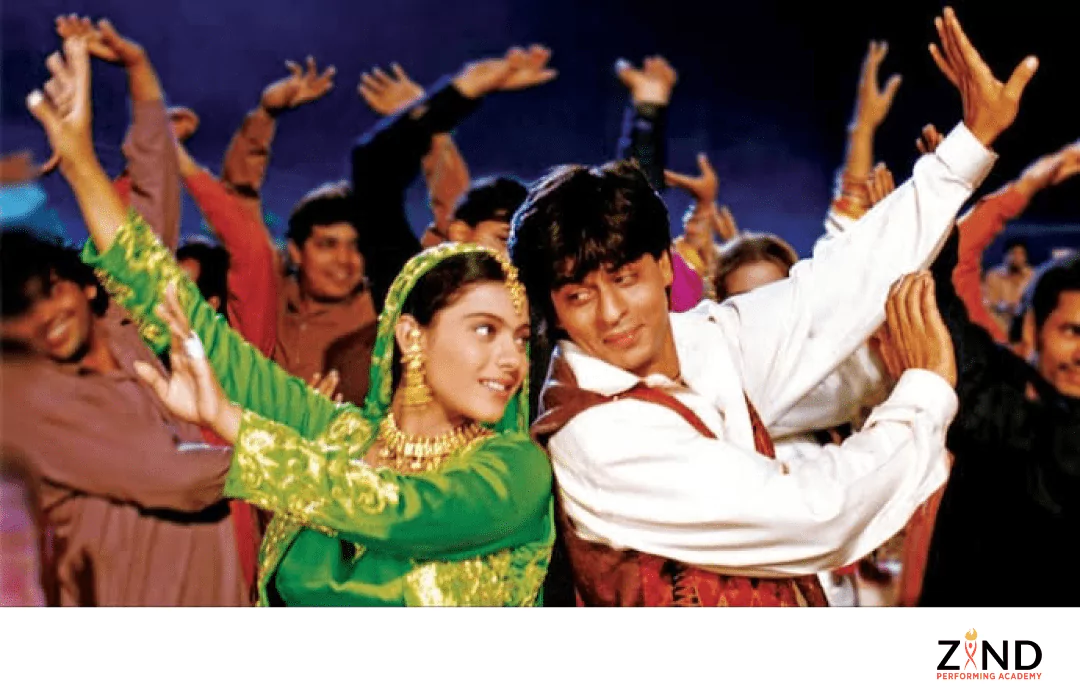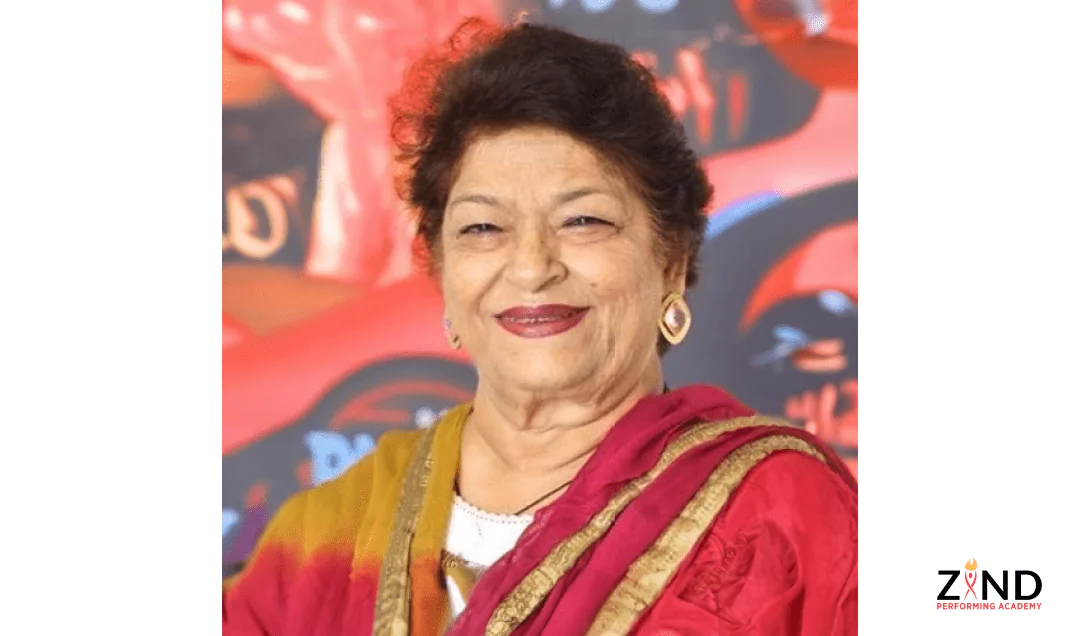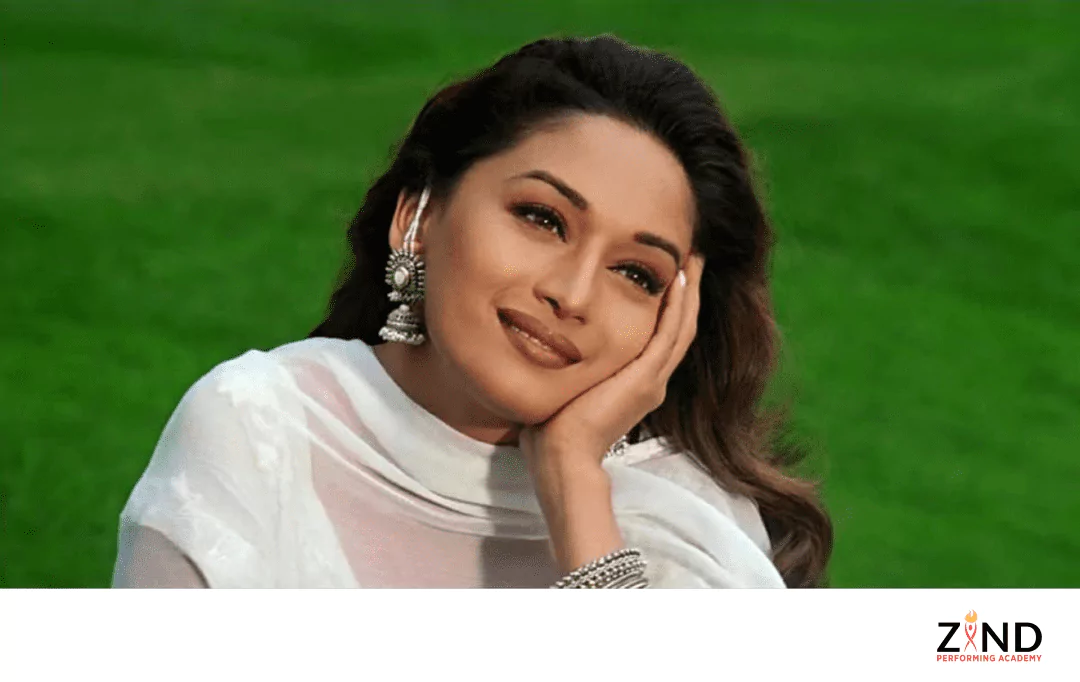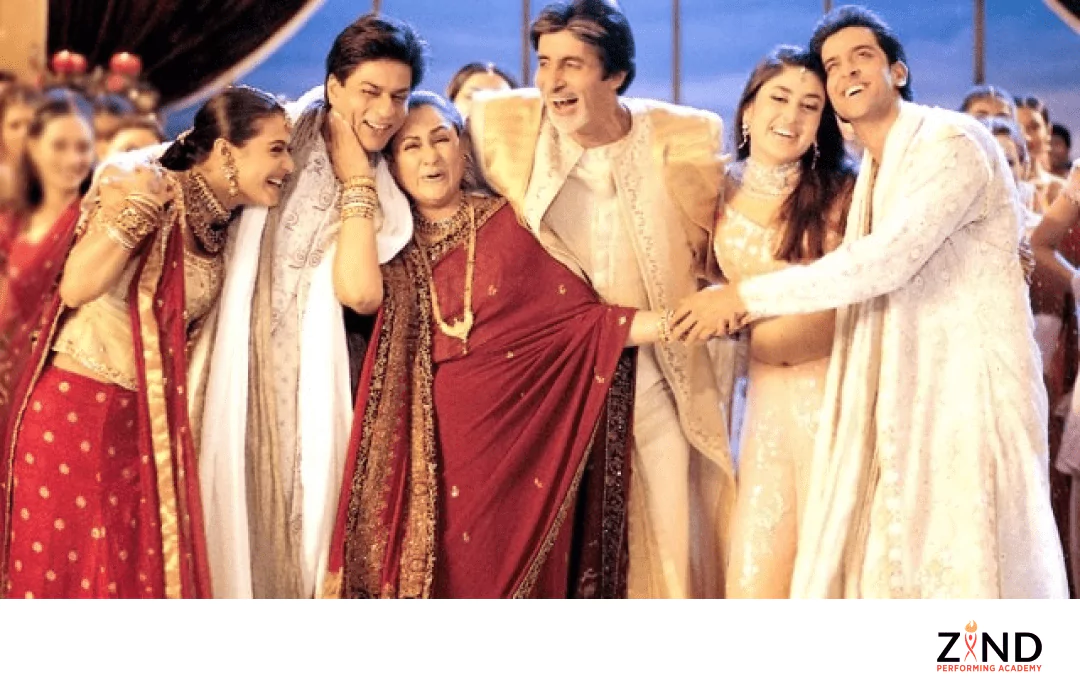Uncovering the Origins: Who Created Bollywood Dance?
Aug 30, 2024
Bollywood dance history is deeply rooted in the rich traditions of Indian classical and folk dances. Appearing from the heart of India's prolific film industry, Bollywood dance was born in the early 20th century as filmmakers began to incorporate elaborate musical numbers into their movies.
Over time, Bollywood dance has developed into a specific style characterized by its dramatic storytelling, exciting choreography, and dynamic fusion of Eastern and Western elements. Today, Bollywood dance is popular not only in India but across the world. So, let's analyze who created Bollywood dance and when.
Historical roots of Bollywood dances
History of Bollywood dance can be traced back to the rich and diverse traditions of Indian dance, which have been an integral part of the country's cultural heritage for thousands of years. Indian dance forms are broadly categorized into two main types: classical and folk.
Origins of Indian dance forms
Classical dance forms originated in ancient religious and spiritual practices in India, such as Bharatanatyam, Kathak, Odissi, Kathakali, and Manipuri. These dances are highly stylized and are often based on intricate footwork, hand gestures (mudras), and facial expressions, which convey specific meanings and emotions.
Each classical dance form is associated with a particular region of India and is deeply connected to that area's cultural and religious practices. For example, Bharatanatyam originates from Tamil Nadu in South India and is characterized by its precise movements and strong footwork.
On the other hand, folk dances are more regional and are often performed during festivals, celebrations, and social gatherings. These dances are generally more spontaneous and less structured than classical dances, reflecting the everyday lives, traditions, and customs of the people in different regions of India. Folk dances like Bhangra from Punjab, Garba from Gujarat, and Lavani from Maharashtra are characterized by their lively, energetic movements.
Evolution of dance in Indian cinema
The evolution of dance in Indian cinema began in the early 20th century, coinciding with the rise of the Indian film industry, popularly known as Bollywood. The early days of Indian cinema saw classical and folk dances incorporated into films, as these forms were already well-established in Indian culture. However, as cinema evolved, so did the representation of dance on screen.
In the 1940s and 1950s, the golden era of Indian cinema, dance sequences began to play a more central role in storytelling. Filmmakers started experimenting with integrating dance into the narrative. During this period, classical dances such as Bharatanatyam and Kathak were prominently featured in films, bringing these styles to the silver screen.
As Indian cinema grew in popularity, so did the demand for more diverse and visually engaging dance sequences. This led to gradually incorporating regional folk dances into Bollywood films, adding a new dimension to the dance styles portrayed on screen.
The emergence of Bollywood dance
The emergence of Bollywood dance as a distinct style can be traced to several key milestones in the history of Indian cinema. Let’s check them below!
Key milestones in Bollywood dance history
One of the most significant milestones was the advent of the "masala" film genre in the 1970s, characterized by its blend of action, drama, romance, and music. In these films, dance sequences became larger, more elaborate, and more central to the film's entertainment value.
The 1980s and 1990s saw the rise of choreographers who began to innovate and experiment with Bollywood dance, blending classical and folk styles with elements from Western dance forms such as jazz, hip-hop, and contemporary dance. This period marked the birth of what we now recognize as Bollywood dance.
Films like "Disco Dancer" (1982) and "Dilwale Dulhania Le Jayenge" (1995) featured iconic dance sequences that became cultural phenomena, influencing fashion, music, and dance trends across India and beyond. These films set the stage for Bollywood dance to become a global sensation in the 21st century.
 Influences from traditional Indian dance forms
Influences from traditional Indian dance forms
While Bollywood dance has evolved significantly over the decades, it has never lost its connection to traditional Indian dance forms. Classical and folk dances have continued to influence Bollywood choreography, providing a rich source of inspiration for choreographers and performers.
For instance, Kathak's classical dance form has influenced the graceful spins and expressive gestures often seen in Bollywood dance. Similarly, the lively and energetic movements of folk dances like Bhangra and Garba have found their way into Bollywood dance routines, adding a sense of celebration and joy to the performances.
Let’s Start your Bollywood Dance Journey with Us!
Pioneers of Bollywood dance
The development and popularization of Bollywood dance can be attributed to the pioneering efforts of several key figures in the Indian film industry.
Main figures and choreographers
Choreographers like Saroj Khan, Nakul Dev Mahajan, and Farah Khan have played a vital role in shaping Bollywood dance into the art form it is today.
Saroj Khan, often referred to as the "Mother of Bollywood Dance," was one of the most influential choreographers in the history of Indian cinema. Her career spanned over four decades, during which she choreographed thousands of songs, creating iconic dance sequences for films like "Tezaab" (1988), "Hum Dil De Chuke Sanam" (1999), and "Devdas" (2002).

Nakul Dev Mahajan, a renowned choreographer in the United States, has brought Bollywood dance to a global audience. As the first Indian choreographer on the popular TV show "So You Think You Can Dance," Nakul introduced Bollywood dance to millions of viewers worldwide, helping to popularize the style beyond India's borders.
Another influential choreographer and filmmaker, Farah Khan, has been a driving force behind some of Bollywood's most memorable dance sequences. Her work in films like "Dil Se" (1998), "Main Hoon Na" (2004), and "Om Shanti Om" (2007) showcases her talent for creating visually stunning and emotionally engaging dance routines.
Contributions and impact of famous persons on Bollywood dance
Beyond choreographers, many famous actors and actresses have also contributed to the popularization of Bollywood dance. Performers like Madhuri Dixit, Hrithik Roshan, and Shahid Kapoor are celebrated for their exceptional dance skills and have become icons of Bollywood dance.
Madhuri Dixit, often called the "Dancing Queen of Bollywood," is known for her graceful and expressive performances. Her dance sequences in films like "Ek Do Teen" from "Tezaab" (1988) and "Dola Re Dola" from "Devdas" (2002) are considered some of the most iconic in Bollywood dance history.

Hrithik Roshan, known for his exceptional dancing ability, has redefined the standards of Bollywood dance style with his innovative and technically demanding performances. Films like "Kaho Naa... Pyaar Hai" (2000) and "Dhoom 2" (2006) showcase his universality as a dancer, mixing elements of hip-hop, jazz, and contemporary dance with traditional Bollywood moves.
Shahid Kapoor, another prominent actor known for his dancing skills, has also significantly contributed to Bollywood dance style. His performances in films like "Jab We Met" (2007) and "Kaminey" (2009) demonstrate his talent for combining classical dance forms with modern styles.
Global influence and popularization
The global spread of Bollywood dance can be attributed to several factors, including the growing popularity of Indian cinema, the influence of Indian diasporas, and the efforts of choreographers and performers.
How Bollywood dance spread internationally
In the early 2000s, Bollywood films began to gain traction in international markets, particularly in countries with large Indian communities. Films like "Kabhi Khushi Kabhie Gham" (2001) and "Lagaan" (2001) became global hits, introducing Bollywood dance to a broader audience.

The Indian diaspora has also played a significant role in popularizing Bollywood dance internationally. Indian communities in Countries like the United States, the United Kingdom, Canada, and Australia have kept their cultural traditions alive by organizing Bollywood dance events, performances, and classes. These efforts have helped spread Bollywood dance's popularity beyond India's borders, making it a global phenomenon.
Influence on global dance trends
The global popularity of Bollywood dance has significantly impacted dance trends around the world. Bollywood dance's unique blend of traditional and modern styles has inspired choreographers and dancers to experiment with new movements and techniques. They focused on hybrid dance styles that combine elements of Bollywood with other genres like hip-hop, contemporary, and jazz.
Bollywood dance has also influenced the fashion industry, with Bollywood-inspired costumes and outfits becoming popular in dance performances, competitions, and even everyday wear. The colorful and elaborate costumes worn in Bollywood dance routines have become iconic, inspiring fashion designers and enthusiasts to incorporate Bollywood elements into their designs.
Conclusion
Bollywood dance is a powerful testament to India's ability to combine tradition with modernity. From its origins in classical and folk traditions to its modern-day global appeal, Bollywood dance continues to captivate audiences.
If the rich history of Bollywood dance inspires you, why not experience it for yourself? Our ZIND Performing Academy offers a range of Bollywood dance classes satisfying all skill levels, from beginners to advanced dancers. Bring Bollywood dancing joy to your life!
FAQ
- How did dance originate in India?
Dance in India has ancient roots, deeply intertwined with the country's rich cultural and religious heritage. It originated as a sacred art form, with references to dance in ancient texts such as the Vedas, which date back over 3,000 years. - Who originated the Bollywood dance?
Bollywood dance doesn't have a single originator, as it evolved through the contributions of many choreographers, filmmakers, and performers. However, the style as we know it today began to take shape in the mid-20th century, with choreographers like Hiralal, B. Sohanlal, and later, Saroj Khan. - What is the background of Bollywood?
Bollywood is the informal term for the Hindi-language film industry based in Mumbai (formerly Bombay), India. The term is a portmanteau of "Bombay" and "Hollywood". Bollywood's background is rooted in the early 20th century, with the first silent films emerging in the 1910s. - How old is Bollywood dance?
Bollywood dance began to emerge as a distinct style in the 1950s and 1960s with the rise of Indian cinema. However, its roots go much deeper, drawing from centuries-old Indian classical and folk dance traditions. So, Bollywood dance is a unique style that is about 70 years old.


